The Renaissance Nude at the Royal Academy of Arts
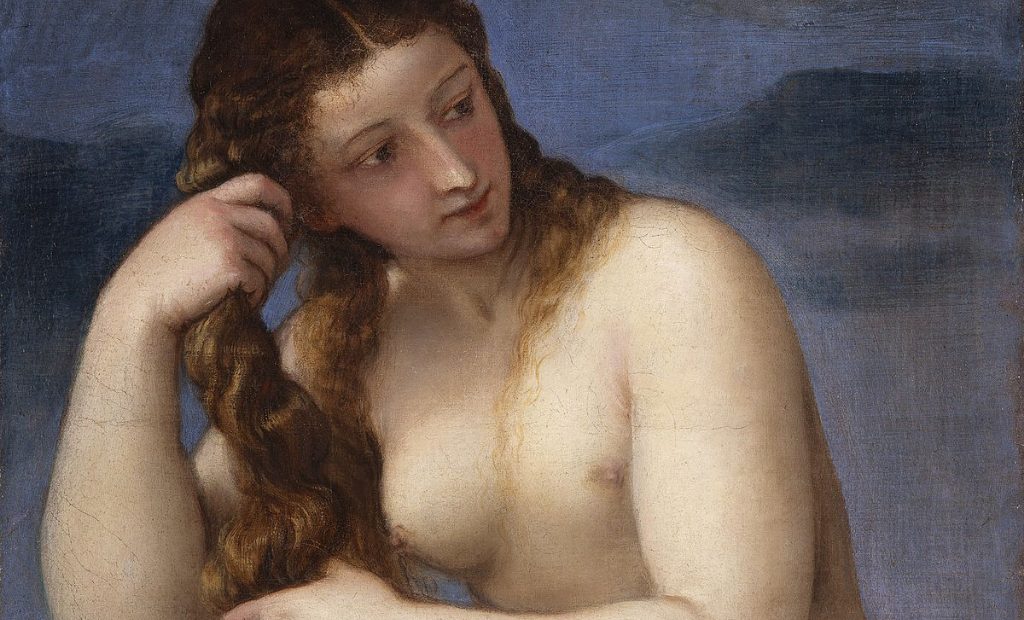
The visual depiction of the nude in art has firm antiquated roots and has earned an unyielding fascination that flourished throughout Europe in the 1400s. This bountiful display of The Renaissance Nude at the Royal Academy of Arts explores the elevation in popularity and the subtle change of nude illustration as this century unfolded.
Visitors can expect alluring sensual portraits, religious compositions and anatomical drawings from this 90-piece exhibition curated by the J Paul Getty Museum and the Royal Academy. Their joint collaboration brings a sort of educational edge to the works, with the event structured around five main themes.
The show opens with The Nude and Christian Art, a comprehensive selection that inextricably links religion with artistic representations. A bronze and gilt sculpture, The Martyrdom of Saint Sebastian (c 1386-1466) explores the role of the tortured martyr. Lustrous, taunt limbs showcase the male form in a heroic observance with biblical veneration at the forefront of this period.
Evolving works in the Humanism and the Expansion of Secular Themes section, however, start to explore a more sensual approach. Titian’s infamous oil painting Venus Rising from the Sea (c 1520) starts to show an appreciation for femininity, the goddess’s soft curves emerging from the water. Another interesting piece from this section is by Albrecht Dürer. The Bathhouse (c 1496) shows a group of naked, languishing bathers shooting each other flirty glances that are ultimately befitting to a more erotic shift in the art world.
Beyond the Ideal Nude starts to overturn these sensual portrayals and cast women as demonic and overpowering, which we observe in Hans Baldung Grien’s The Witches Sabbath (1484/5-1545) and interestingly a larger polychrome wood sculpture of an emaciated Saint Jerome, which undoes all the glorious previous depictions of the male form.
Other highlights of the exhibition are a rare, beautifully preserved detailed pen stroke drawing in the section Artistic Theory and Practice from Leonardo da Vinci: The Anatomy of the Shoulder and Neck (1452-1519), which is on loan from the Royal Collection. The anatomical precision is remarkable thanks to the artist’s various dissections and it really shows us examples of work during this time, where scientific proportions became important when drawing the nude.
Personalising the Nude concludes the exhibition with a shift towards ownership and commissioned works of art for personal use, notably by patron Isabella d’Este. The pieces seem more ostentatious and a favourable part of the display although, overall, there are plenty of interesting and beautiful works that make The Renaissance Nude a superb showcase of this period.
Ezelle Alblas
Featured image: Titian, Venus Rising from the Sea (Venus Anadyomene), c 1520
The Renaissance Nude is at the Royal Academy of Arts from 3rd March until 2nd June 2019. For further information visit the exhibition’s website here.

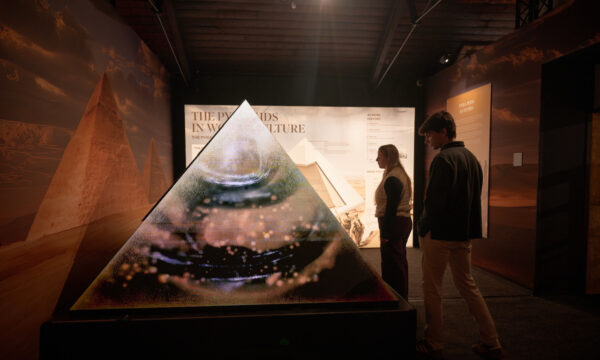
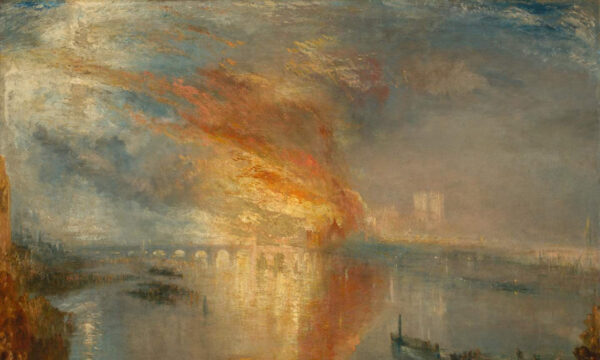
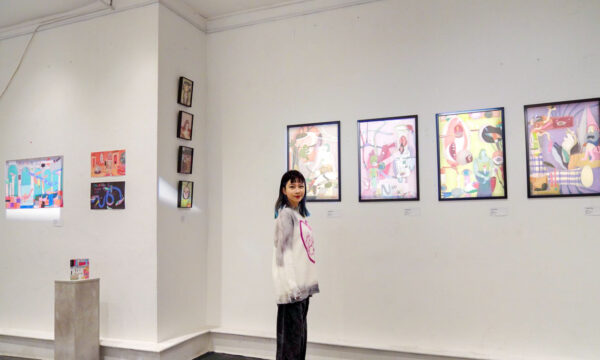
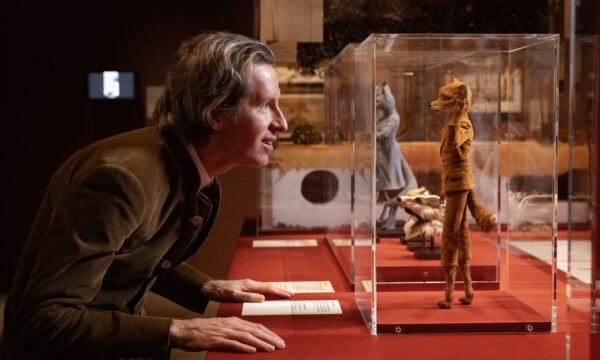
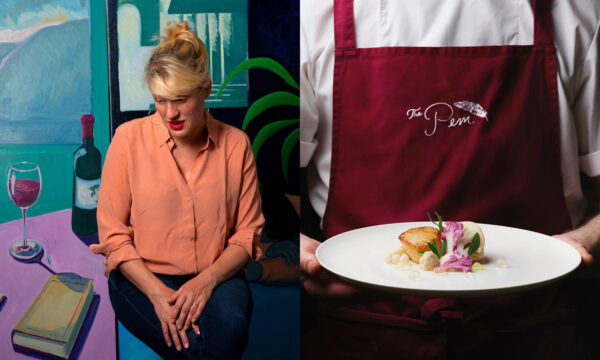
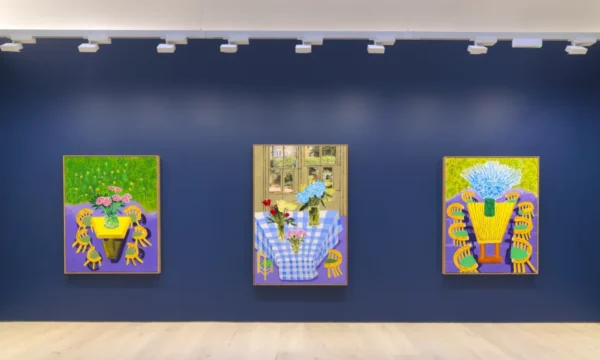

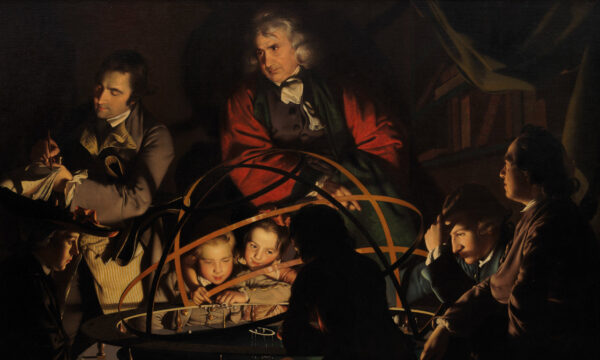
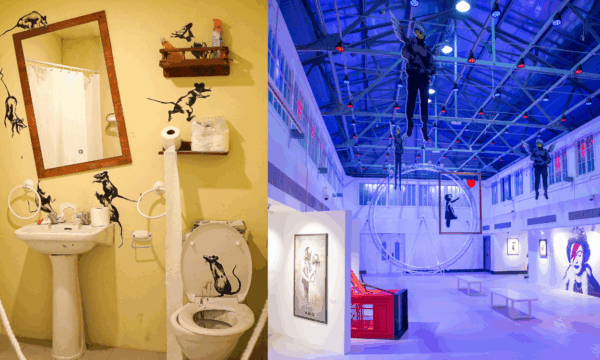

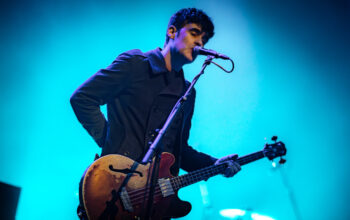

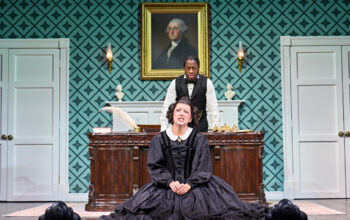
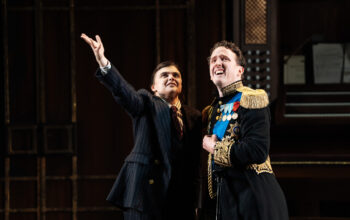
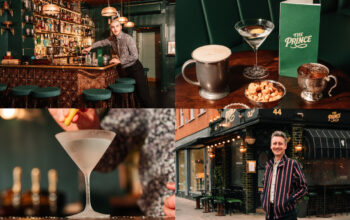
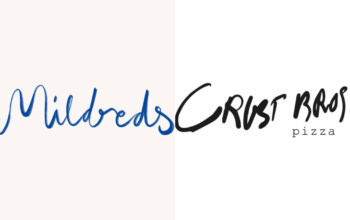
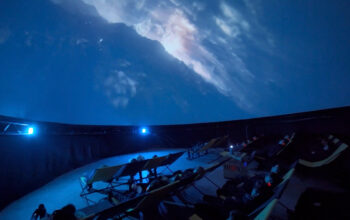
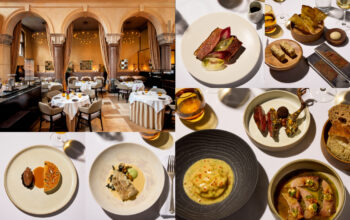




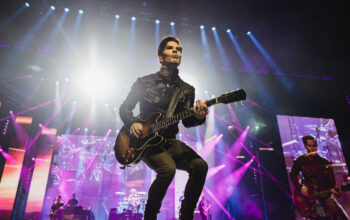

Facebook
Twitter
Instagram
YouTube
RSS